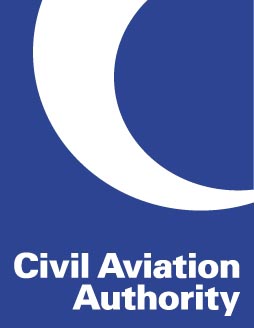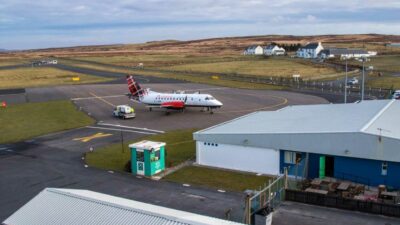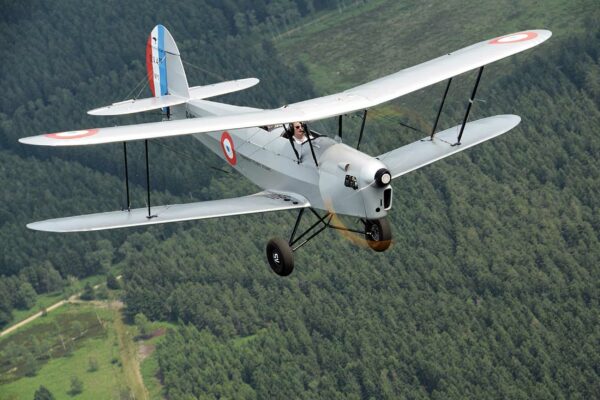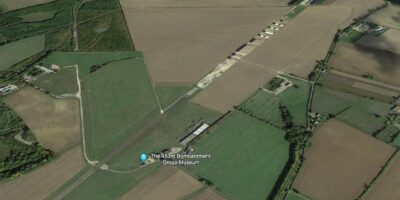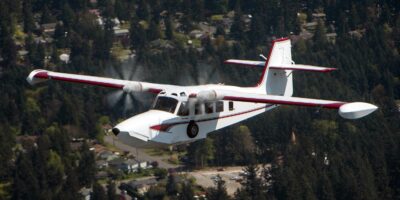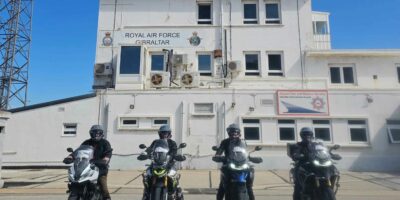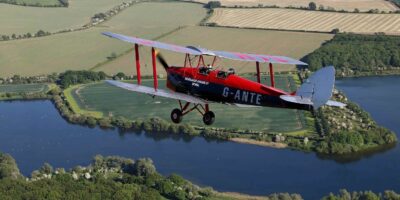The UK CAA has begun issuing the new EASA pilot licences. The licences, which will replace JAR and many older ‘national’ versions, were printed for the first time at the CAA’s Gatwick headquarters earlier today. The transition process to the new pan-European format is expected to last five years.
A pilot with an existing JAR licence, such as a PPL, will have it replaced with an EASA equivalent whenever the licence is sent to the CAA for renewal, revalidation or any other reason.
The EASA licences, which are in a new format and look quite different to the JAR and national licences, will be valid for the owner’s lifetime. Because of the new format, different information will be required by the CAA before it can issue a new EASA licence, and new licence application forms have been prepared accordingly. Pilots are advised to read the CAA website – <a href=’http://www.caa.co.uk/eupilotlicensing’ target=’_blank’>www.caa.co.uk/eupilotlicensing</a> – which contains detailed information, including a section explaining the new licence format.
For the first time, the new Light Aircraft Pilot Licence (LAPL) will also be available in the UK. The licence is similar to the UK’s existing NPPL, but will be valid throughout Europe.
Ray Elgy, Head of Licensing and Training Standards at the CAA, said, “We are pleased to be issuing EASA flight crew licences. It has been a long process getting to where we are today, and there is still a long way to go before the transition is complete. However, I am very confident that we will see the benefits of standardising licensing across the EU from the outset.”
The implementation of new rules for pilot licensing (including medical certification) across the EU is part of a process that has already seen EASA take responsibility for other areas of aviation regulation, such as airworthiness. Most UK pilots, private and commercial, will be affected by the switchover and will have to obtain new EASA licences to continue to fly aircraft that have EASA airworthiness certificates. However, some pilots, such as those who fly microlights, ex-military and kit built aircraft, will be able to continue to use their existing licences. This is because EASA does not regulate these categories of aircraft.


